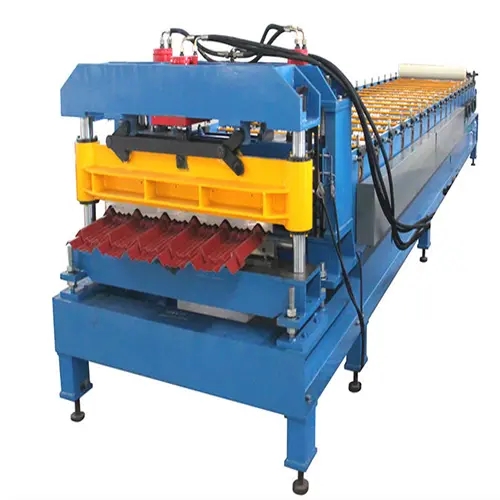
The Hydraulic Guillotine Innovations and Applications in Modern Manufacturing
In today’s fast-paced industrial era, efficiency and precision are paramount for manufacturing processes. One of the pivotal machines that have transformed sheet metal cutting is the hydraulic guillotine. This sophisticated piece of equipment has revolutionized the way industries approach metal fabrication, offering unparalleled benefits in terms of accuracy, speed, and safety.
What is a Hydraulic Guillotine?
A hydraulic guillotine is a powerful cutting machine designed primarily to cut sheet metal into desired sizes and shapes. It operates using hydraulic pressure to control the blade’s movement. This mechanism allows for smooth and powerful cutting actions, accommodating various thicknesses of materials. Unlike traditional mechanical guillotines that rely on mechanical linkages, hydraulic systems provide a consistent force, making them more effective for heavy-duty operations.
Mechanism of Operation
The operation of a hydraulic guillotine centers around its hydraulic system, which includes pumps, valves, and cylinders. When the machine is engaged, hydraulic fluid is pumped into a cylinder, causing a piston to push the blade downwards. The pressure can be finely adjusted to suit the material being cut, ensuring a clean and precise edge. Once the cutting is complete, the blade returns to its original position, ready for the next cut. This quick cycle enhances productivity, allowing for continuous operation without significant downtime.
Advantages of Hydraulic Guillotine
1. Precision Cutting One of the standout features of hydraulic guillotines is their ability to make precise cuts. With adjustable settings for stroke length and height, operators can achieve exact measurements, reducing material waste and enhancing output quality.

2. Versatility Hydraulic guillotines are versatile machines capable of handling a variety of materials, including aluminum, steel, and stainless steel. They can also cut through sheets of varying thicknesses, making them suitable for both light and heavy-duty applications.
3. Safety Features Modern hydraulic guillotines are designed with safety in mind. Many come equipped with emergency stop buttons, safety guards, and programmable controls that prevent accidental operation, thereby minimizing the risk of workplace injuries.
4. Reduced Labor Costs The automation and efficiency of hydraulic guillotines reduce the need for manual labor, which can result in considerable savings for manufacturers. Automated settings enable fewer workers to manage larger operations, increasing overall productivity.
5. Durability and Low Maintenance Hydraulic systems tend to require less frequent maintenance than mechanical systems. The reduction in moving parts translates to enhanced durability and lower maintenance costs, enabling businesses to focus their resources on production rather than repairs.
Applications in Industry
The applications of hydraulic guillotines span across various industries. In the automotive sector, they are used to cut steel sheets for car body components. In the construction industry, they fabricate metal sheets for roofing and siding. Even artistic fields employ hydraulic guillotines for creating intricate metal designs. The adaptability of these machines makes them an invaluable asset across sectors.
Conclusion
As industries continue to innovate and efficiency becomes ever more critical, the role of advanced machinery such as the hydraulic guillotine cannot be overstated. Its ability to deliver precise, versatile, and reliable cutting solutions positions it as a cornerstone in modern manufacturing. With ongoing advancements in technology, we can expect hydraulic guillotines to further evolve, continuing to shape the future of metal fabrication in remarkable ways.